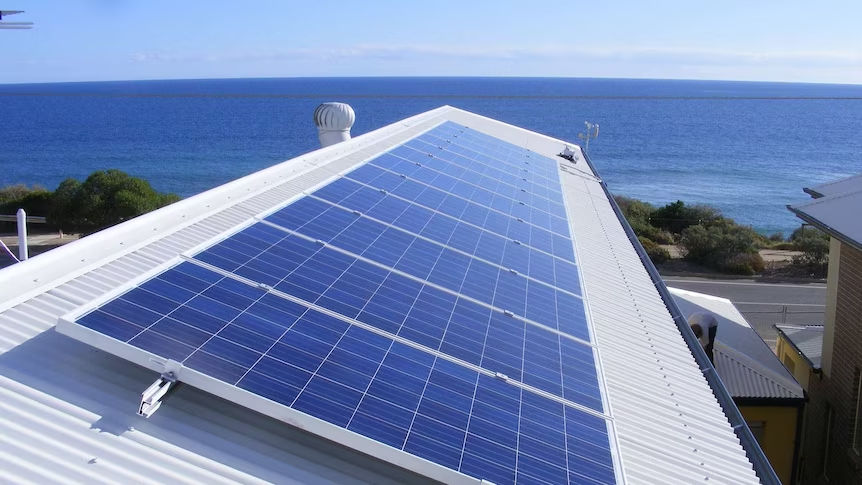Linking Australian homes to the net zero challenge
By Dr Angela Rojas Arevalo
Our homes, for those of us lucky enough to have them, are not just shelters but places of rest, love, care, and relaxation. We want to have comfortable homes, we want them to be safe, and for some of us, we want to personally contribute to solving the carbon emissions reduction challenge. As energy costs rise and consumer energy resources become more accessible, for some installing solar rooftop systems is a way that we can decrease reliance on fossil fuels and save on energy bills.
The interplay of residential buildings and energy networks is key to Australia’s journey towards a net zero future. Our home energy use accounts for around 24% of overall electricity use and more than 10% of total carbon emissions. Our homes and how we live in them is a big part of our journey.
Much of our housing stock is old, cold and leaky. Our energy grid was designed more than 100 years ago on a one-way flow of electrons from big generators to users. Two problems that not only contribute to the emissions footprint of housing. But also, our comfort and our ability to use the increasingly distributed energy generation and storage options that can be designed into housing.
Networks must be maintained, augmented, and upgraded so they can cope with the excess. Network operators are also working on solutions to improve how our grids work so these are ready to operate a net-zero system. Excess solar generation in the middle of the day is not our grids’ only challenge. An expected increase in Electric Vehicles, household batteries and smart appliances will also change the way grids interact with our homes. Therefore, understanding the interplay between buildings and grids can highlight cost-effective solutions that are well-timed and coordinated to benefit all.
Homes should be energy efficient not just to reduce running costs and emissions but because energy efficiency contributes to our thermal comfort, health, and well-being.
If we improve the insulation of our homes and increase energy efficiency in residential buildings, we can lower energy demand and alleviate strain on the grid. The power grid is our commons, and how it is operated and managed to interact with our homes plays a crucial role in the transition, too.
So, there is a huge opportunity here to sit our housing at the centre of improving cost of living, reducing emissions, alleviating strain on the grid and improving comfort and wellbeing.

So, what can we do about it? Inquiring about the role of the residential sector and the implications for our power grid as energy performance standards accommodate for net zero goals needs an understanding of the relationship between buildings and power grids, so we achieve the transition in a way that unlocks the benefits for us all.
So far, we have researched grids in one silo and building energy use in another. My research is linking energy performance of residential buildings with power systems modelling and paving the way for real-life studies about the interplay between residential buildings and grids. The outcomes of this research will provide answers so that the next time households think about investing in their homes and contributing to decarbonisation efforts, they do so in an evidence-based way that benefits people, the grid, the environment, and society.
Moreover, as we navigate the complexities of energy standards, grid implications, national goals, and societal costs, collaboration and innovation will be our greatest assets. Therefore, it’s essential to integrate these efforts into a holistic approach that includes industry, transportation, and other sectors to achieve our net zero targets effectively, and this holistic and integrated approach to my research wouldn’t be possible without my involvement with Towards Net Zero .
